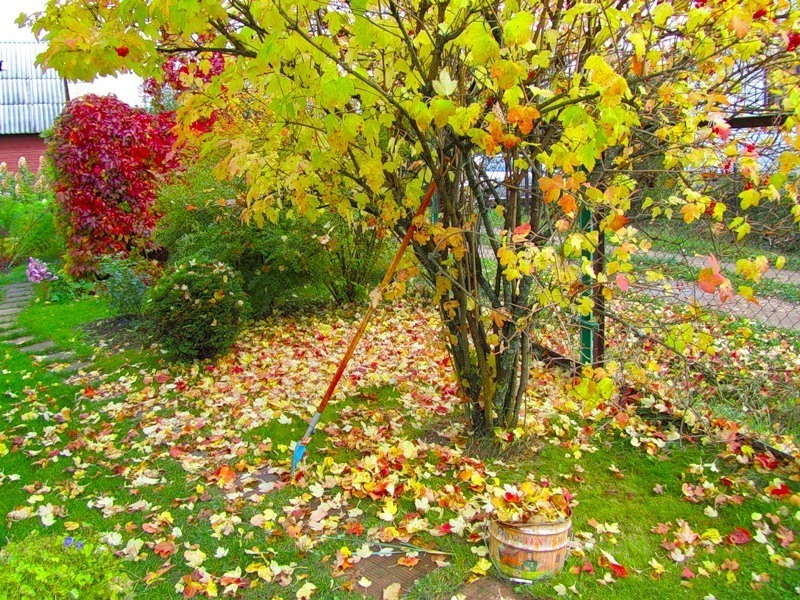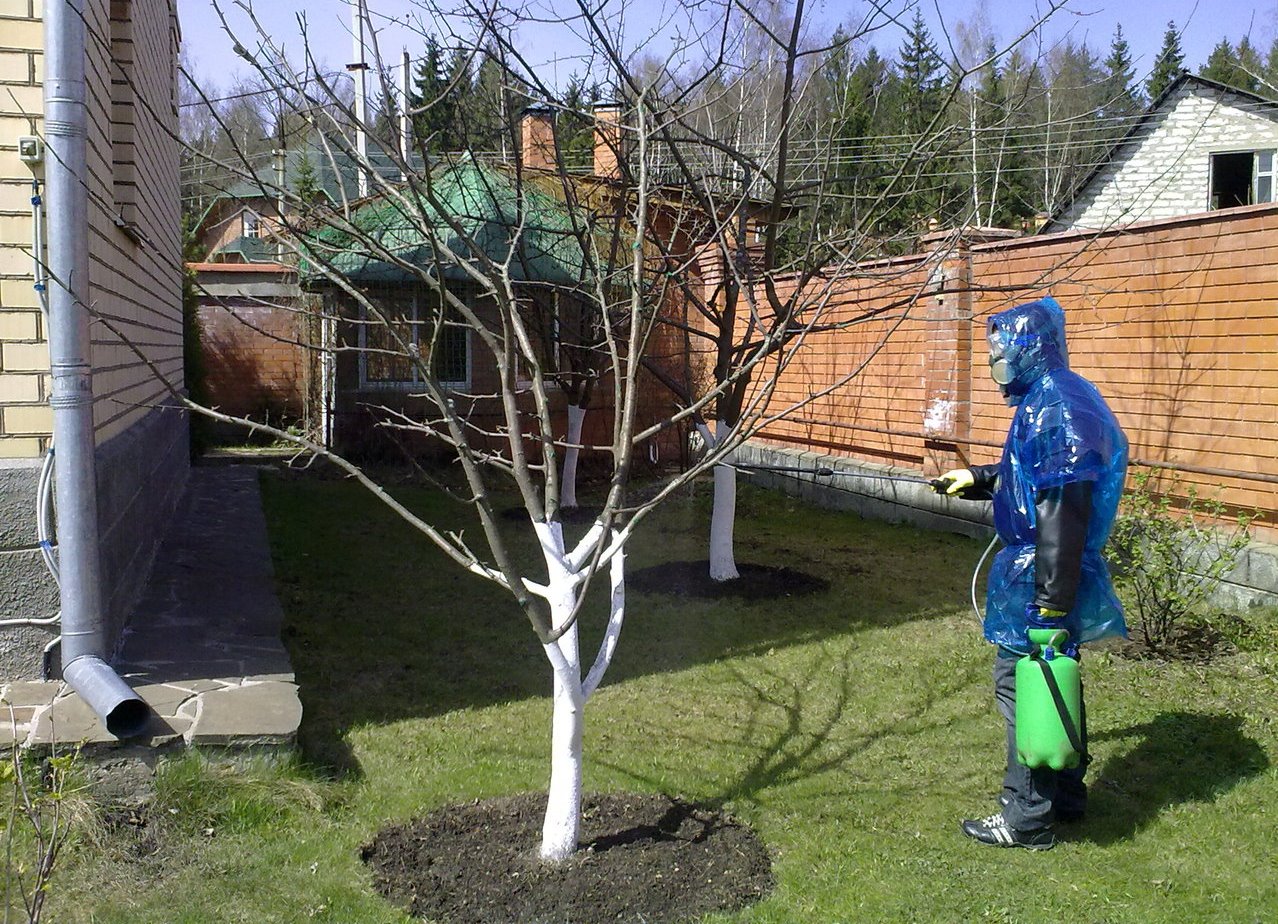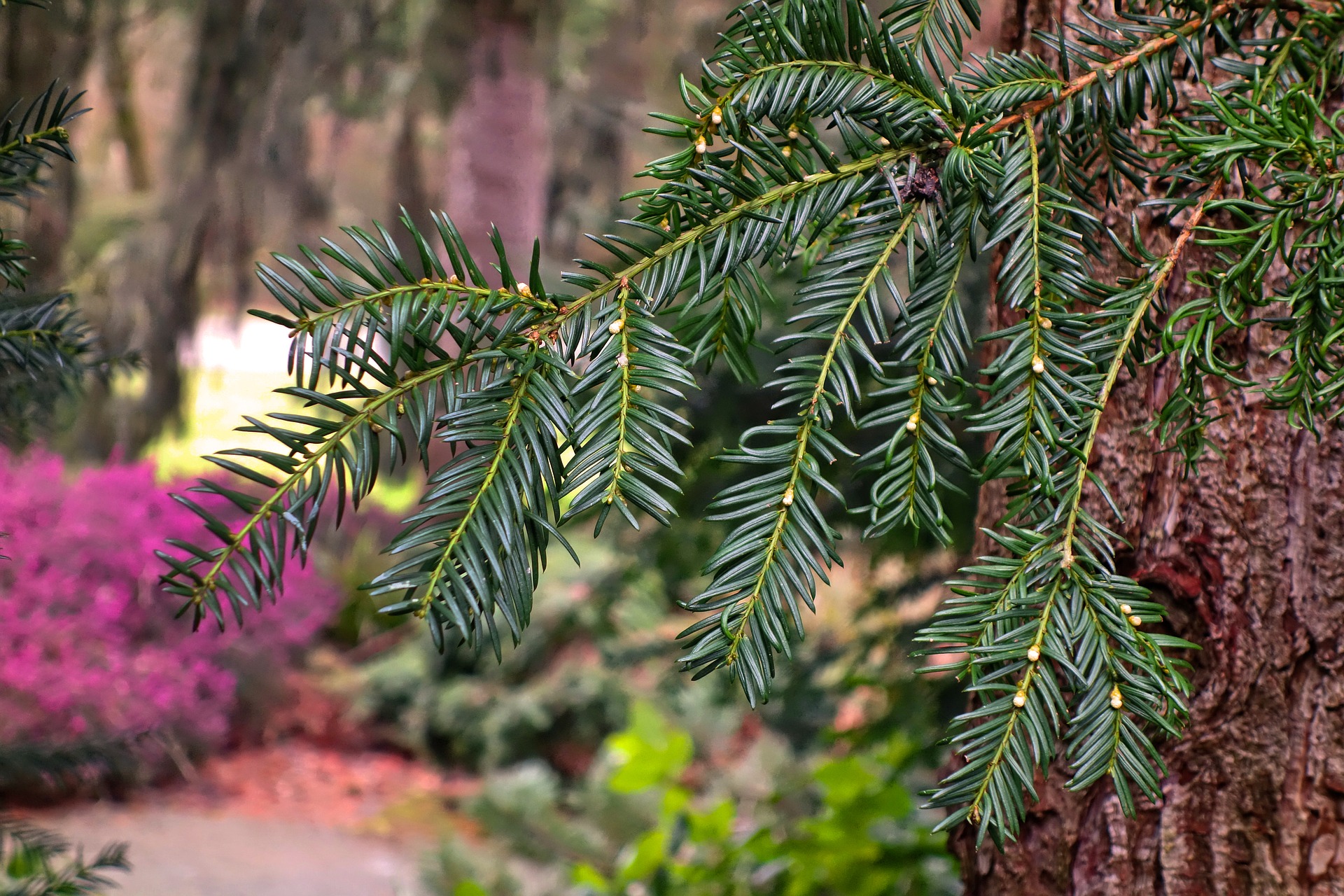The crop has long been harvested, the site has been cleared, the beds dug up. At first glance, it may seem that you can forget the road to the dacha until spring. But do not rush to arrange a winter vacation! Find out what is very important not to forget to do in the country before the onset of cold weather.

Winter watering
Experienced gardeners consider late autumn a favorable time for the last winter watering of trees and shrubs. This procedure will help them to safely endure the winter cold. Do not forget that in winter the trees continue to evaporate water, and they cannot feed on it from the frozen ground. Podwinter watering helps to store moisture for future use, protects the roots from freezing, since wet soil freezes more slowly than dry soil.
For an event to be beneficial, there are related factors to consider. On heavy clay soils and in lowlands, over-watering can be harmful.
The rate of water application is calculated based on weather conditions. If summer and autumn are rainy, the amount of liquid can be reduced. One tree requires an average of 10 buckets of water. The rate for shrubs is 2 times less.
When watering, water must be distributed around the entire perimeter of the crown. To avoid the formation of gullies, do not direct the stream of water to one place. Watering can be done in several stages to allow the water to saturate the soil well. After finishing moistening the soil, sprinkle the trunks with peat, humus or dry leaves.
Rodent protection for trunks
Winter is a difficult time not only for trees but also for animals. Due to the lack of other food sources, garden trees are often attacked by hares and small rodents. Trunks and lower branches suffer from such raids. Animals damage the bark. This does a lot of damage to the tree and can even lead to its death.
In November, it's time to take action to protect your garden from rodent attacks. To do this, it is necessary to restrict access to the trunk and lower branches.
This can be done in various ways:
- lay the spruce branches around the trunk and fix. For effective protection, the needles must point downward;
- use the materials at hand: roofing material, spunbond, mesh with small cells;
- use old nylon tights, cut plastic bottles, etc.
To fight mice, it is advisable to bury the protective material in the ground. This will help prevent damage to the underground part of the trunk, as mice often dig holes in the root hole.
Sanitary pruning
Another must-have for a gardener in the fall is the sanitary pruning of trees and shrubs. November is the right month for this. Leaf fall has already ended, sap flow has stopped, and severe frosts have not yet been established. It should be noted that it is precisely sanitary pruning that is needed, it is better to postpone the formation of the crown until spring.
Autumn pruning should be gentle and not stressful for the garden preparing for winter. Broken and dried branches should be removed first. Also, it will not be superfluous to trim branches growing inside the crown. Especially if they thicken it, rub against each other and damage the bark.
In order not to harm the trees, it is necessary to follow the pruning technology. Tools must be clean and well sharpened.You need to act carefully and try not to damage the bark and healthy branches. Do not forget to take care of the cuts at the end of the work. They need to be treated with specialized drugs.
The elimination of the carrion
A bountiful harvest always pleases gardeners, but sometimes the question arises of disposing of its surplus. In no case should you delete the cleaning of the volunteer from the list of autumn affairs. Fallen fruits often become a breeding ground for various kinds of infections. This can lead to infection and death of the entire garden. Also, leaving spoiled fruits under trees can provoke a massive pest attack.
We propose to combine the elimination of carrion with fertilization of the beds. To do this, you need to bury the collected surplus crop in the place where it is planned to place a vegetable garden or flower garden. During the winter, they will turn into an excellent fertilizer.
Digging in near-trunk circles
In order for your trees to successfully pass the test in winter and bring a good harvest next season, do not neglect digging the soil in the near-trunk circles. The soil should be dug up with care, not going deeper than 15 cm. Otherwise, there is a risk of damage to the roots.
This procedure helps to combat pests that hibernate under a tree. Digging up the soil, we break up the crust, which prevents the roots from "breathing", slows down the process of absorption and evaporation of moisture. In addition, in this way we fight against weeds that have hidden their seeds in the soil under the trees. Digging can be combined with autumn watering of trees or fertilization.
Whitewashing of trunks
Inexperienced summer residents may think that whitewashing tree trunks has a purely aesthetic value. In fact, this is not at all the case. Whitewashing acts as a protective layer, protects the bark from scalding sunlight, freezing wind, pests and even rodents.
It is recommended to whitewash trees several times a year. In this case, autumn whitewashing is considered the main one. This business must be treated responsibly, otherwise cracking of the bark may occur, which will significantly weaken the tree. Lime mortar is a classic tool for whitewashing trees. Also, special water-based and water-dispersion paints are perfect for this.
Be sure to choose a fine November day, visit the dacha and make the last preparations for the winter cold.


